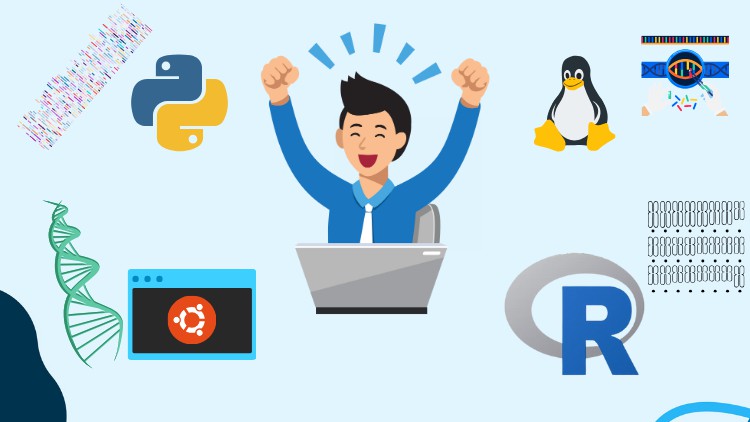جمع جزء: 3,024,000 تومان
- × 1 عدد: Cybersafety 101 for Busy Parents & Educators - 189,000 تومان
- × 1 عدد: دوره یادگیری کامل Adobe Camera RAW - 189,000 تومان
- × 1 عدد: آموزش لایت روم و فتوشاپ المنتز - 189,000 تومان
- × 1 عدد: آموزش مدیریت کاتالوگ عکس ها در لایت روم - 189,000 تومان
- × 1 عدد: فیلم یادگیری Managing Modern Desktops: Windows 10 Deployment, Updating, Policies and Profiles - 189,000 تومان
- × 1 عدد: آموزش فیلمبرداری و عکاسی با دوربین های سینمایی Blackmagic - 189,000 تومان
- × 1 عدد: آشنایی با ترندهای بازار و نحوه شناسایی آن ها - 189,000 تومان
- × 1 عدد: آموزش کار بر روی عکس های HDR در نرم افزار Lightroom Classic CC - 189,000 تومان
- × 1 عدد: آموزش شبکه سازی Wireless - 189,000 تومان
- × 1 عدد: آموزش ساخت عکس های پاناروما با Lightroom Classic CC - 189,000 تومان
- × 1 عدد: گزارش لوگوهای ترند در سالهای 2018 و 2019 - 189,000 تومان
- × 1 عدد: آموزش مبانی یادگیری ماشینی و هوش مصنوعی - 189,000 تومان
- × 1 عدد: آموزش موزیک نویسی با نرم افزار Sibelius Ultimate 2019 - 189,000 تومان
- × 1 عدد: آموزش مبانی تدارکات - 189,000 تومان
- × 1 عدد: دوره هفتگی Raspberry Pi - 189,000 تومان
- × 1 عدد: آموزش کار بر روی عکس های RAW در برنامه های Lightroom Classic CC, Photoshop - 189,000 تومان













